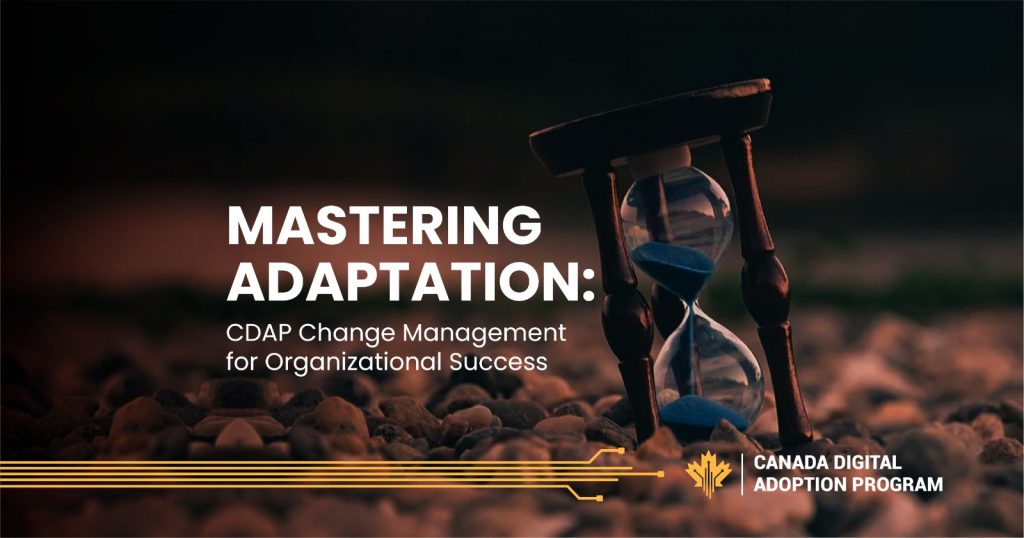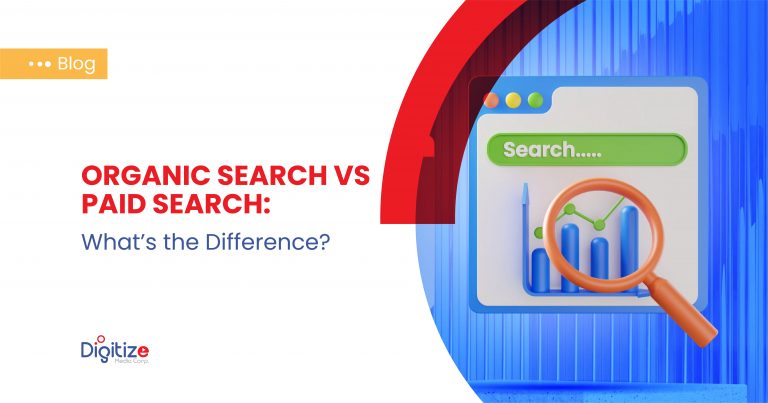Embracing CDAP Change Management for Organizational Evolution
In today’s rapidly evolving digital landscape, effective change management has become crucial, especially in the context of CDAP implementations in Edmonton. The concept of ”CDAP change management” focuses on the technological aspects of change and its human and organizational implications. Organizations are increasingly looking towards the CDAP Digital Advisor in Edmonton for insights and strategies to navigate these changes smoothly. This comprehensive exploration delves deep into the nuances of managing change within CDAP projects, focusing on strategies for effective transitions and overcoming resistance.
Understanding the Dynamics of CDAP Change Management
Change management within CDAP involves a holistic approach to transitioning individuals, teams, and entire organizations from a current state to a desired future state. It’s about understanding the impact of digital transformation and strategically managing the people side of this change. The role of CDAP in this context is multifaceted, encompassing technological upgrades, process optimization, and cultural shifts.
Strategies for Effective CDAP Change Management
Comprehensive Planning
Successful change begins with a well-structured plan. This involves setting clear objectives, understanding the scope of change, and developing a roadmap for implementation. CDAP projects require detailed planning to ensure that all aspects of change are considered.
Engaging Leadership
Strong leadership is vital in guiding and motivating the organization through the change. Leaders are critical in setting the vision and aligning the organization’s goals with the CDAP initiative.
Stakeholder Analysis and Engagement
Identifying and understanding the needs and concerns of various stakeholders is essential. This includes employees, management, and external partners. Effective engagement strategies are crucial for gaining buy-in and support for the change.
Customized Training and Support
Tailoring training programs to meet the specific needs of different user groups ensures a smoother transition. Ongoing support, including help desks and user manuals, can aid in addressing challenges as they arise.
Effective Communication
Transparent and consistent communication is critical to managing change. Keeping everyone informed about the progress, challenges, and successes can help maintain morale and cooperation throughout the transition.
Tackling Resistance to Change
Tackling resistance to change is critical to successful change management, especially when implementing programs like CDAP. Here’sHere’s a detailed explanation of the strategies mentioned:
- Encouraging Open Dialogue and Feedback:
- To establish a space where staff members can freely voice their worries and thoughts regarding the change.
- Regular gatherings, feedback sessions, and anonymous surveys can help. Encouraging staff members to express their worries and recommendations might yield insightful information about possible roadblocks and points of resistance.
- Open dialogue helps identify and address specific issues that employees have. It also makes them feel heard and valued, which can increase their engagement and buy-in for the change.
- Demonstrating the Benefits and Value of the Change:
- To assist staff in understanding the rationale behind the change and its potential benefits to the company and themselves.
- This involves communicating the positive outcomes expected from the change, using real-life examples, data, and case studies. Highlighting how the change aligns with the organization’s goals and values can also be effective.
- Understanding the ”why” behind the change can motivate employees to support and embrace it. It can also alleviate fears and misconceptions about the impact of the change.
- Involving Employees in Decision-Making Processes:
- To give employees a sense of ownership and control over the change process.
- Involve employees in planning and decision-making processes related to the change. This could include forming focus groups, committees, or project teams with employees from different levels and departments.
- Decision involvement can lead to more innovative solutions and increase the likelihood of successful implementation. It also helps build trust and reduces resistance as employees feel their input is valued.
- Providing Avenues for Support and Addressing Concerns Promptly:
- To support employees through the transition and address their concerns promptly.
- Establishing support systems such as training programs, help desks, or mentorship schemes can aid employees in adapting to the change. Addressing concerns promptly involves having a responsive feedback mechanism where employees’ issues are acknowledged and resolved quickly.
- Providing support reduces the anxiety and uncertainty associated with change. Promptly addressing concerns shows that the organization is committed to ensuring a smooth transition and fostering a positive attitude toward change.
- Collectively, these strategies contribute to reducing resistance by creating a positive and supportive environment for change. When employees feel informed, involved, and supported, they are more likely to transition from resistance to acceptance, making the change process smoother and more effective.
CDAP’s Role in Facilitating Organizational Change
CDAP’s approach to change management goes beyond the implementation of new technologies. It includes reshaping organizational culture and processes to better adapt to digital advancements. This involves fostering a culture of continuous learning, innovation, and adaptability.
Measuring the Success of Change Management Efforts
Effective change management can be measured through user adoption rates, operational efficiency, and employee satisfaction. Regular assessments and adjustments are necessary to ensure the long-term success of CDAP implementations.
Insights into Successful CDAP Change Management
Examining real-life examples where CDAP implementations have successfully managed change can provide practical insights and lessons for other organizations.
The Integral Role of Change Management in CDAP
Effective change management is integral to the success of CDAP initiatives. It ensures that technological advancements are implemented and embraced by the organization, leading to sustainable growth and innovation.
To understand how CDAP ensures digital accessibility in its change management processes, visit CDAP Accessibility.
Paving the Way for Successful Digital Transformation with CDAP Change Management
In conclusion, mastering CDAP change management is essential for organizations to successfully navigate the complexities of digital transformation. By employing strategic planning, engaging leadership, effective communication, and overcoming resistance, organizations can ensure a smooth transition to new digital solutions.
Stay ahead in the digital curve with CDAP’s change management strategies. Learn how to effectively manage organizational change and join the movement toward a more digitally adept future.








